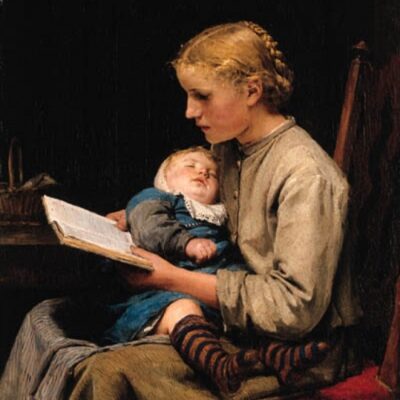The Thursday Murder Club by Richard Osman
The Thursday Murder Club, Richard Osman’s funny, clever, and compelling debut novel, is about four individuals who reside in the upscale Coopers Chase Retirement Village somewhere in the UK. They get together every week to try to solve cold cases: murders and disappearances that the police haven’t been able to solve over the years. The author has stated that his mystery was partly inspired by the Tuesday Club Murders of Miss Marple, Agatha Christie’s short stories that present a group of elderly friends who gather and share unsolved mysteries, which Miss Marple always manages to solve.
At the beginning of the novel, the four Thursday Murder Club members explain their relationship in this quote, a great example of the author’s perceptive and dry humor. They’re at a lunch meeting and have invited Police Constable Donna DeFreitas to join them. She asks if they are friends, and they respond:
“Friends?” Elizabeth seems amused. “Oh, we’re not friends, dear.”
Ron is chuckling. “Christ, love, no, we’re not friends. Do you need a top-up, Liz?”
Elizabeth nods and Ron pours. They are on a second bottle. It is twelve fifteen.
Ibrahim agrees. “I don’t think ‘friends’ is the word. We wouldn’t choose to socialize; we have very different interests. I like Ron, I suppose, but he can be very difficult.”
Ron nods. “I’m very difficult.”
“And Elizabeth’s manner is off-putting.”
Elizabeth nods as well. “There it is, I’m afraid. I’ve always been an acquired taste. Since school.”
“I like Joyce, I suppose. I think we all like Joyce,” says Ibrahim.
Ron and Elizabeth nod their agreement.
“Thank you, I’m sure,” says Joyce, chasing peas around her plate. “Don’t you think someone should invent flat peas?” [p. 13]
Each member of the club brings unique skills to the team. Elizabeth used to be a spy; Joyce, a nurse; Ron a trades union leader; and Ibrahim, a psychotherapist. The author has done a terrific job of making these characters remarkable and appealing. I wanted to climb into the book and join them in their adventures.
Although this certainly could be described as a character-driven novel, the plot is first-rate, and I think will appeal to a broad audience. Life is pretty quiet for members of the club until one day, Tony Curran, a local property developer and all-around dodgy guy is murdered and the four members of the Thursday Murder Club switch from cold cases to trying to solve this recent crime. From there, the action moves swiftly and there are plenty of surprising plot developments that make a shambles of everything you think you’ve figured out.
The narrative alternates between the third person and Joyce’s diary entries. Joyce’s entries add both humor and heart to the novel as does the frequent dialogue. For example, in this quote from Joyce’s diary, she is recording a scene in which she and Elizabeth are trying to convert kilos to stone (in Britain, the common measurement for a person’s weight). They confer with a fellow resident named Bernard Cottle, who sits nearby doing a crossword. Joyce briefly describes Bernard in her entry:
Elizabeth let me know the girl definitely wasn’t twenty-three stone, as she had a picture of her corpse in the folder. She tapped the folder at me, then turned her attention back to the room and said, “Will somebody ask Bernard what forty-six kilos is?”
Bernard always sits by himself, at one of the smaller tables nearest the patio. Table 8. You don’t need to know that, but I will tell you a bit about Bernard.
Bernard Cottle was very kind to me when I first arrived at Coopers Chase. He bought me a clematis cutting and explained the recycling timetable. They have four different colored bins here. Four! Thanks to Bernard, I know that green is for glass and blue is cardboard and paper. As for the red and black, though, your guess is still as good as mine. I’ve seen all sorts as I’ve wandered about. Someone once put a fax machine in one.
Bernard had been a professor, something in science, and had worked all around the world, including going to Dubai before anyone had heard of it. True to form, he was wearing a suit and tie to lunch, but was nevertheless reading the “Daily Express.” Mary from Ruskin Court was at the next table; she got his attention and asked how much forty-six kilos was when it was at home.
Bernard nodded and called over to Elizabeth, “Seven stone three and a bit.”
And that’s Bernard for you. [pp. 6-7]
















